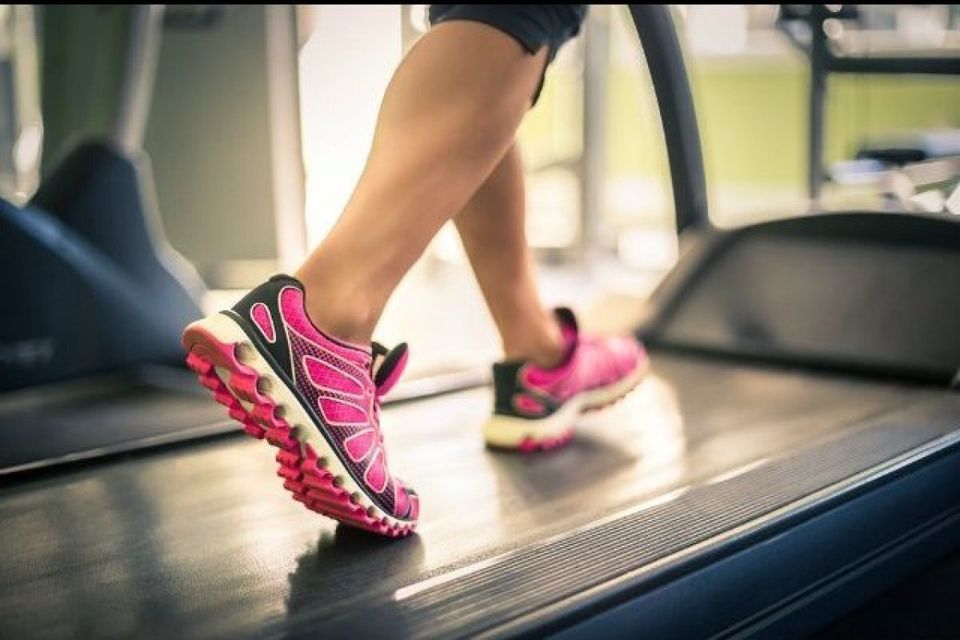
If you're a workaholic, chances are you don't have the opportunity to work out as much as you'd like to. Throw in a family at home and minimal energy on the weekends, and the result is usually chronic pain, insufficient and unstable sleeping patterns, and no real escape from the cycle, day in and day out.
I can be like any other generic strength coach on the internet and use this article as an opportunity to tell such ones that it's only a true lifestyle change that will kick start sustainable results, but chances are they've heard that already. Most people lead such a lifestyle not because they are unaware of its health detriments. With that said, if you put in long hours at the office, it may be a smart move to make the best of a bad situation by taking note of a few tips to make a long day's work do less wear and tear on your body.
The truth is, you may be making chronic pain more prominent or even worsening it by the way you've set up your office, or what you decide to do (or not do) in it. Of course, it goes without saying that actually training regularly and eating well is the only long-term solution, but for starters, follow these tips for a step in the right direction -- and so you don't leave your body hanging out to dry during the longest part of your day's routine.
Move Your Keyboard In Close
If you move your keyboard closer to your body, it will force you to draw your hands and elbows back, which will allow you to retract your shoulder blades at your desk and promote better seated posture. It's not much, but constantly slouching over a desk can lead to some major muscle imbalances over time.
Raise Your Computer Screen
On a similar note, looking down at your computer screen at your desk is a common mistake, since it affects both thoracic spine and neck posture. Plenty of neck fatigue and chronic pain I've encountered with clients is a product of being fixed in that position for hours on end. Adjusting your setup so that your monitor is near eye level is a better option.
Bring Bands To The Office
It's not a full scale gym setup, but it doesn't mean taking a brief couple of minutes a few times per day to activate your posterior muscles at the very least can do harm. A cellophane band or two (of varying tension levels) can easily be tied around a door handle or desk leg in order to perform a quick set of rows or reverse flyes. Standing on the bands while holding them can create a base for lateral raises, overhead presses, and curls. Taking interludes to do a few sets can also reduce your stress levels.
Stop Crossing Your Legs
This may seem basic and a bit silly, but in truth, whether you're a man or a woman, crossing the legs is a silent killer when it comes to lower body muscle balance. This can promote shortening of the inner thigh muscles on one side, which over time can lead to more serious issues like pelvic tilting, culminating in joint pain to the hips and lower back, among other places. Save yourself the trouble and keep your legs even by sitting with the feet together instead.
Stand Up Every Half Hour
You may not be able to do a full dynamic mobility interlude, but it doesn't mean you can't stand up, do a quick lap around the office and allow your body to open up again. You'll feel better once you do.
Take Care Of Your Feet
This isn't as unimportant as you might think. Walking around in dress shoes can be hard on the feet sometimes, and most of them don't have the adequate base to promote proper foot health -- especially if they're a fashion-trendy brand. This is even worse for women, since for them an elevated heel is usually in the mix, which can easily create stress on the metatarsal bones of the foot and attached ligaments, along with promoting the overload of certain leg muscles over others.
Invest in a golf or lacrosse ball for a few dollars at any sports store. At work, when you can, slide the shoes off and spend some time flat-footed -- even if it's a few minutes. Using the lacrosse ball, roll on the plantar fascia under the feet with your toes spread wide. It will help tenderize the tissue under there, the same way a deep tissue massage addresses muscles of the body. At first, this may not feel too comfortable, but continue rolling until it's tolerable. You'll be glad you did. Good foot health can translate into more relaxation through the muscles and tendons of the lower leg, and even less knee joint stress.
Don't Get Me Wrong
Is this the be all and end all to fitness? No.
What this is, is a reminder that not being in a gym setting doesn't mean you can't try to regard your health and wellness at the same time. This won't be responsible for having you shed 15 pounds of body fat and increase your metabolism. For that, it may be time to face the harsh reality that hard work and consistency are the unchangeable keys. Once you apply these tips, think of them as a reminder that you really need to make the time for three to four full workouts per week. Your body will thank you.
Follow HuffPost Canada Blogs on Facebook
ALSO ON HUFFPOST:
